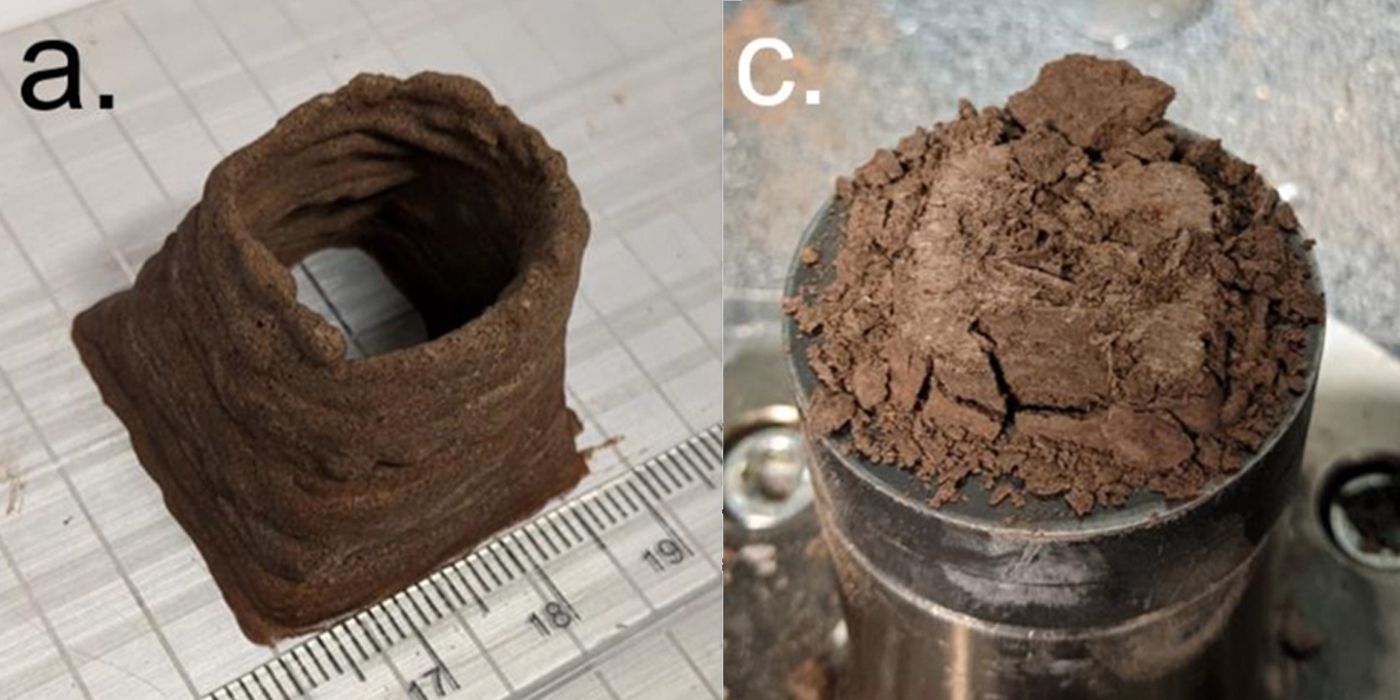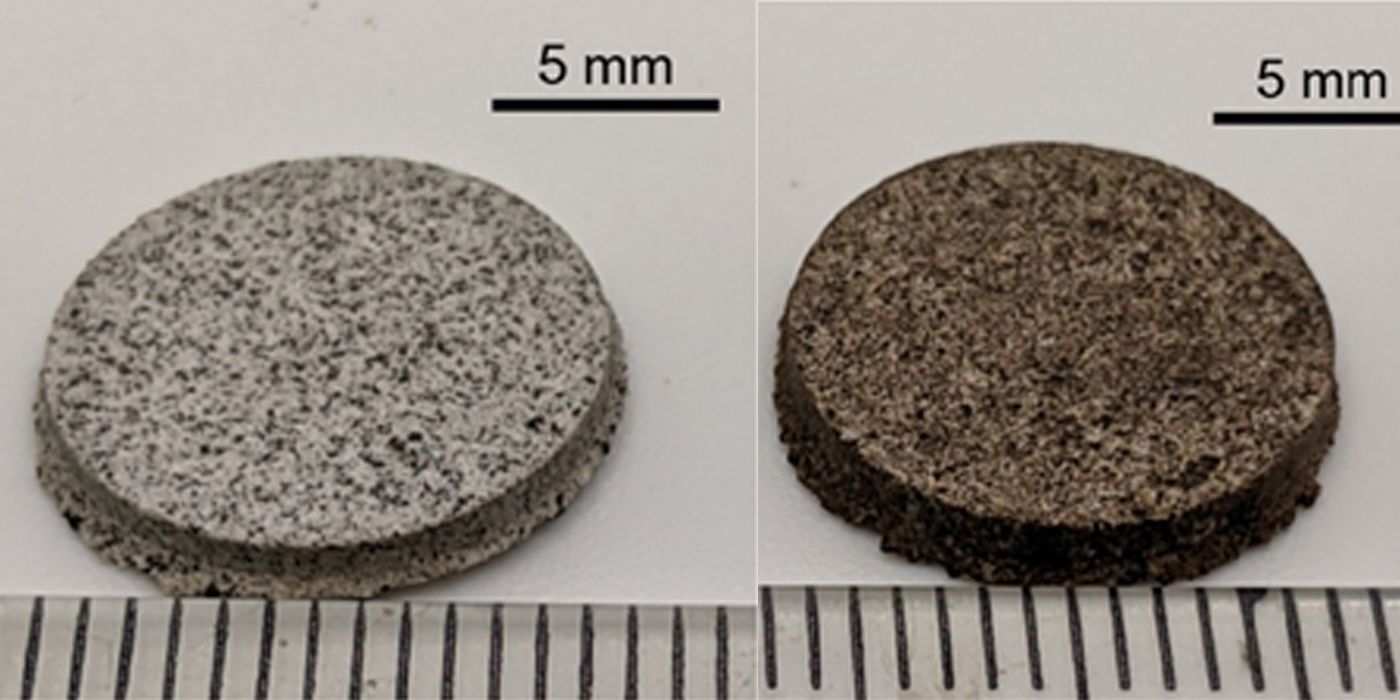By combining space dust and bodily fluids scientists have developed a new type of material up to 300 times stronger than concrete for use on Mars. Transporting concrete and other building supplies into space is incredibly costly. It has been estimated that the price of a single brick making it to Mars would cost $2 million, making construction difficult. The materials needed to make concrete and cement as humans know it, namely, sand, clay, iron ore, and other resources aren't in abundance on the Red Planet, presenting a unique issue for future Martian colonists. Construction projects would require an alternative to be developed in order for life to continue normally on other worlds.
Construction is one of the many hurdles humanity has to overcome if we hope to colonize Mars. Radiation on the planet is far higher than on Earth due to Earth's magnetic field offering protection. While Mars has a magnetic field, it isn't as strong as Earth's, giving little protection to solar and magnetic radiation. Another environmental hazard future colonists could face on Mars is asteroid impacts which happen far more commonly on the red planet compared to Earth, as well as dust storms with winds exceeding 186mph. Planning where to live on Mars has presented many issues for Earth's scientists.
The news of this new material to help alleviate these construction woes was first published in Materials Today Bio. The study aimed to flip the classic proverb by attempting to get stones from blood. The material is formed by combining extraterrestrial dust with blood plasma, human serum albumin, which is combined with urea, the waste product found in urine, sweat, and tears. One liter of human blood contains enough plasma to create 300 grams of this new substance, with 2.5 kg able to make a single brick. The resulting material is up to 300% stronger than concrete in some instances. The research team behind the project made no comment about the smell, which would likely be nasty.
Donate Blood, Build A House
The paper concedes that future studies will be needed to assess its feasibility, however. The material for example has yet to be tested in Martian conditions such as lower gravity, temperature, heat levels, and radiation. If any of these make the construct brittle and useless then it's back to the drawing board. In addition, the paper also notes that research will have to be conducted on the effects of continual blood plasma donation on Martian astronauts as little is known on the effects such a project would have on humans. Plant-based proteins have been cited as an alternative source should the need arise.
Even so, as the technology for bioreactors evolve the need for this type of technology could dramatically decrease, the study explains. Time will tell if humans will be living in homes made of blood and urine in the future. Until then, humanity will have to settle for brick and concrete, much to everyone's delight. Telling humans that their blood, tears, and urine will be collected routinely on Mars, as well as having to wear bulky spacesuits is a tough sell. Still, Martian Blood Concrete does have a ring to it.
Source: Materials Today Bio


